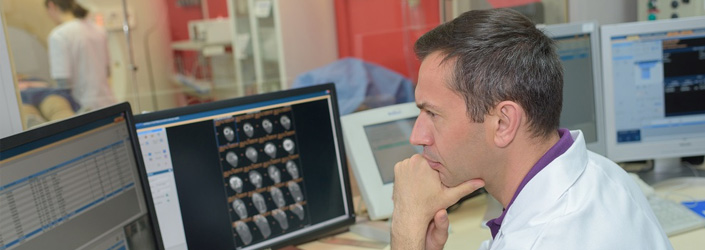Delivering effective test result communication
This five-year study (undertaken from 2015 to 2020) established how technology can be utilised to reduce cases of incorrect and missed test results in hospitals, and standardise the quality of reporting.
Full project name: Improving test result communication, management and follow-up
Project sponsor: National Health and Medical Research Council (NHMRC) Partnership Projects Grant (APP1111925: 2015-2020)
About the project
This NHMRC Partnership Project aimed to establish safe, effective and sustainable test result management systems utilising evidence-based practice, health IT and consumer engagement.
The research was undertaken across six hospitals in the South Eastern Sydney and Illawarra Shoalhaven Local Health Districts and the Sydney Children’s Hospital, and made a significant contribution to enhanced patient safety in Australia and internationally. It achieved this by undertaking three studies that:
- improved the effectiveness and safety of test result management through the establishment of clear governance processes of communication, responsibility and accountability
- harnessed health IT to inform and monitor test result management
- enhanced the contribution of consumers to the establishment of safe and effective test result management systems.
Project lead: Professor Andrew Georgiou
- Dr Mary Dahm – Research Fellow
- Honorary Professor David Greenfield
- Dr Rae-Anne Hardie – Postdoctoral Research Fellow
- Honorary Professor Rita Horvath
- Yu Jia Julie Li – Research Assistant
- Associate Professor Ling Li
- Professor Johanna Westbrook
Other members and collaborators
- Dr Patrick Bolton
- Dr Anthony Brown
- Dr Robert Herkes
- Professor Ken Hillman, Chief Investigator (UNSW)
- Dr Graham Jones
- Dr Michael Legg
- Associate Professor Meredith Makeham
- Prashan Malalasekera
- Dr Nigel Millar
- Dr Daniel Moses
- Professor Denis Wakefield, Chief Investigator (UNSW)
The study was conducted by the Australian Institute of Health Innovation in partnership with:
- Australian Commission on Safety and Quality in Health Care (ACSQHC)
- NSW Health Pathology
- Royal College of Pathologists of Australasia (RCPA)
- South Eastern Area Laboratory Services (SEALS).
